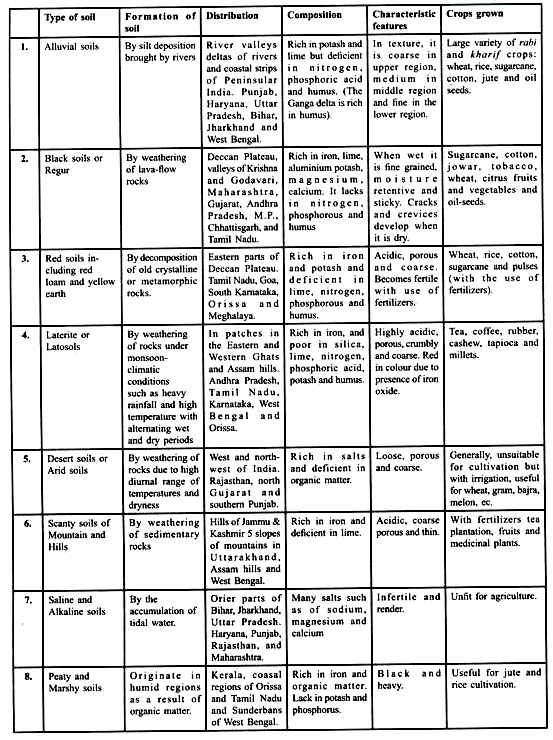Ancylostomiasis is the disease caused by the infection of old world hookworm, Ancyclostoma duodenale. Filariform larvae which occur in contaminated soil invade the host (man) and bore through the skin of feet into blood.
Pathogenicity and Clinical Features of Ancylostomiasis:
The hookworm infection is characterised by the observation of hyaline ‘eggs’ in a faecal smear from infected person.
Mode of infection:
It was originally assumed that infection of hookworm occurs when man walks bare-foot on the faecally contaminated soil. The filariform larvae penetrate directly through the skin between the toes, the dorsum of the feet or the inner side of the soles.
This filariform larvae can penetrate any part of the skin which is sufficiently thin. It is now realised that A. duodenale can successfully also infect man by oral, transmammary and probably transplacental routes.
Infection may also take place by the accidental drinking of water contaminated with filariform larvae of A. duodenale. Okamoto (1961) and Higo (1962) reported that these filariform larvae, when swallowed, will develop into mature worms without the lung passage.
Pathogenic Effects of Ancylostomiasis:
These may be discussed under two heads:
(a) Pathogenic effects caused by A. filariform larvae:
i. Ancylostoma dermatitis or ground item:
It is occurred at the site of entry and infection generally disappears in the course of one or two weeks-time. The skin lesion precedes the general symptoms of ancylostomiasis by 2 or 4 months.
ii. Creeping eruption:
This is a condition in which the larvae of Ancylostoma wander about through the skin in an aimless manner for several weeks and upto 2 years producing a reddish itchy papulae along the path traversed by the filariform larvae.
iii. Lesions in the lungs:
As the migratory larvae of Ancylostoma break out of the lung capillaries into the alveolar space, they cause minute local haemorrhages and in heavy infection secondary infection may result in pneumonitis. A marked eosinophilia occurs at this stage.
(b) Pathogenic effects caused by adult worms:
i. Blood loss:
The adult parasite inhabits the small intestine of man, attaching itself to the mucous membrane by means of its powerful buccal armature. The adult hookworm gradually saps the strength and vitality of the host by sucking its blood and causing blood loss. Intestinal mucosa is necrosed at points where the worms are attached. These sites are of entry of bacteria also points which causes inflamed intestines.
Here, the punctured wounds continue to bleed for some time so that more blood is lost which results in severe anaemia, decrease in general immunity and bloody stools.
ii. Nutritional defects:
Deleterious toxins secreted by glands in head region of adult worms cause stomach pain, food fermentation, diarrhoea, constipation, dyspnea, palpitation of heart, eosinophilia, loss of health and collapse.
iii. Other defects:
Unchecked infection of adult hookworm may lead to fatty degeneration of heart, liver and kidneys, ending in death.
Environmental conditions like warm temperature (heat), humidity and moist sandy loamy soil together with poor sanitation etc. make hookworm infection endemic.
Prevention of Ancylostomiasis:
The hookworm disease is responsible for considerable economic loss and poor health so that the following measures may be adopted:
i. Treatment of diseased persons as well as carriers (men) should be done properly to resist on attack of adult parasites.
ii. Disinfection of faeces or soil and sanitary disposal of human faeces in affected areas should be done properly so that the soil may not be polluted.
iii. Another important preventive measures include wearing of shoes and gloves.
Treatment of Ancylostomiasis:
The important steps are to be taken for the treatment of hookworm infection:
(a) Expulsion of worms and
(b) Treatment of anaemia.
i. If the haemoglobin content of hookworm affected person is below 30 percent, anthelmintic treatment should not be started. In that case, iron is usually prescribed to overcome the haemoglobin deficiency due to anaemia. After the haemoglobin content has come over 50 percent, specific anthelmintic is to be administered. Iron is usually prescribed to overcome the haemoglobin deficiency owing to anaemia.
ii. For hookworm infection the anthelmintics used are mebendazole, thiabendazole, and pyrantel embonate.
iii. Most commonly recommended drugs are tetrachloroethylene (more effective against N. americanus) or blephenium (more effective against A. duodenale) because of high efficiency and low toxicity.
iv. Treatment is followed by a purge to flushout the dead worms.

